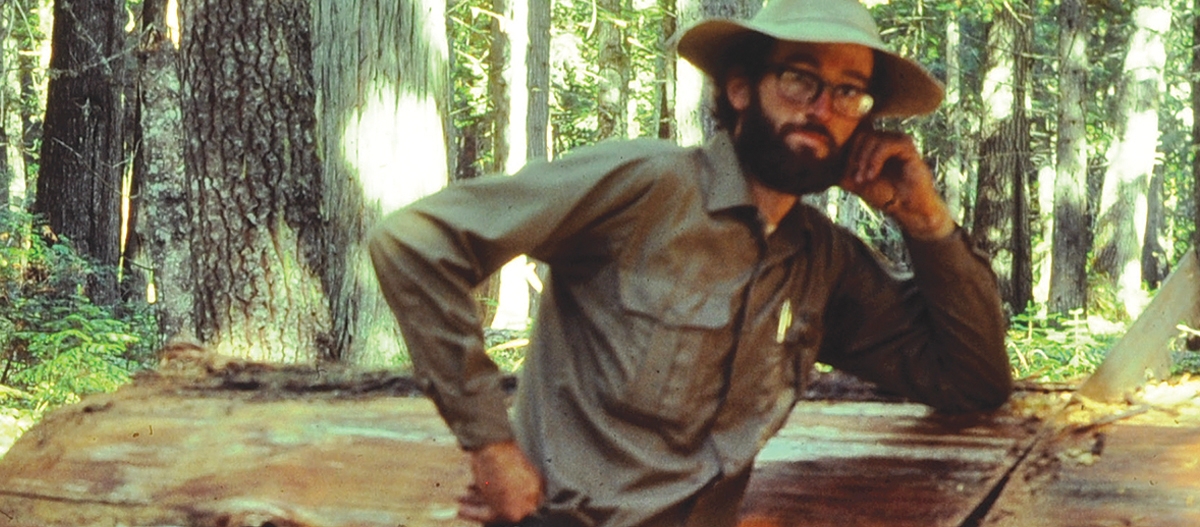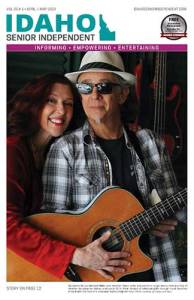Idaho and Montana have millions of acres of wilderness protecting wildlife and water. They allow folks to wander at will through the vast expanse of some of the most beautiful land on Earth.
But it wasn’t always this way. Prior to the 1964 Wilderness Act, a fierce, dedicated cadre of people worked to keep these areas pristine.
One special place is the Selway-Bitterroot Wilderness, which straddles the state lines of Idaho and Montana between Highway 12 and the graveled Magruder Road bordering the north end of the Frank Church-River of No Return Wilderness.
It is a wild land of large carnivores, crystalline streams, and miles of trails to challenge hiker and equestrian alike.
In the lower 48 states, you would be hard pressed to find more remote, rugged, pristine land. And thanks to the efforts of such legendary wild-country advocates like Emil and Penny Keck, Warren Miller, Bud Moore, and Bill Worf, the Selway-Bitterroot Wilderness is protected for generations to come.
The story about how these folks worked in the Selway-Bitterroot country before and after wilderness designation is fascinating and is told brilliantly in the new book, Working the Wilderness by John McCarthy.
Having worked in the Selway-Bitterroot as a summer ranger and exploring it for decades as a hiker, McCarthy knows the land intimately.
He knew the people he brings to life in his book.
In an era when hard work and rugged individuals were the norm, Emil and Penny Keck built and rebuilt bridges with mostly hand tools and ingenuity, both by themselves and with seasonal workers for 20 years.
In late spring through early fall, the couple ran trail crews, organized fire crews, and hiked throughout the huge Moose Creek Ranger District to analyze future trail rehab and construction as well as bridge repair and building.
In winter, the Kecks often camped out in a wall tent near a bridge they’d work on alone all winter long.
One of their longest encampments—two winters and part of two summers—was up Bear Creek, where they tackled bridge reconstruction. This major tributary to the Selway River links the river trail leading to Shearer and Paradise Guard Stations and finally over the state line into Montana and the Lost Horse Guard Station.
Rebuilding a bridge with huge, standing wooden towers and large cross timbers was no easy task, but Emil’s background as a logger for many years allowed these two hardy individuals to work well as a team, often for months at a time without seeing other people.
An airdrop at the Moose Creek Ranger Station once a month with mail and possibly supplies was the closest they’d get to civilization during the winter.
The book presents so many stories about the Kecks that the only way to truly appreciate Emil and Penny is to immerse yourself in the text.
McCarthy sums up the regard friends and co-workers held for Emil in this quote about honoring Emil when he died: “Moose Creekers and Emil’s family gathered at Johnson Bar, along the lower Selway River, in late spring. Into the night we told stories, told lies, drank whiskey, threw Selway logs on the fire and remembered a great man, our leader without a title, or even a badge, much less a uniform, just a man of the wilderness.”
But the Kecks are only two of the influential people McCarthy writes about with insight and, in some ways, poignancy for lost skills and the days of mountain men gone by.
Bud Moore was a true mountain man who went on to influence land management as a legendary USFS ranger.
Bill Worf was a long-time Forest Service employee and forest supervisor who along with two others was tasked with writing the guidelines for the new Wilderness Act .
Warren Miller was a college-educated physicist who became the premier filer for cross cut saws in the Forest Service, so traditional skills can continue today to open trails in wilderness.
These people make McCarthy’s book come alive. This book will resonate with lovers of wild land, especially those who walk the trails of the Selway-Bitterroot Wilderness.
As McCarthy says, “Wilderness doesn’t need people. People need wilderness.” And this book tells the tale of how this protection came to be. MSN










